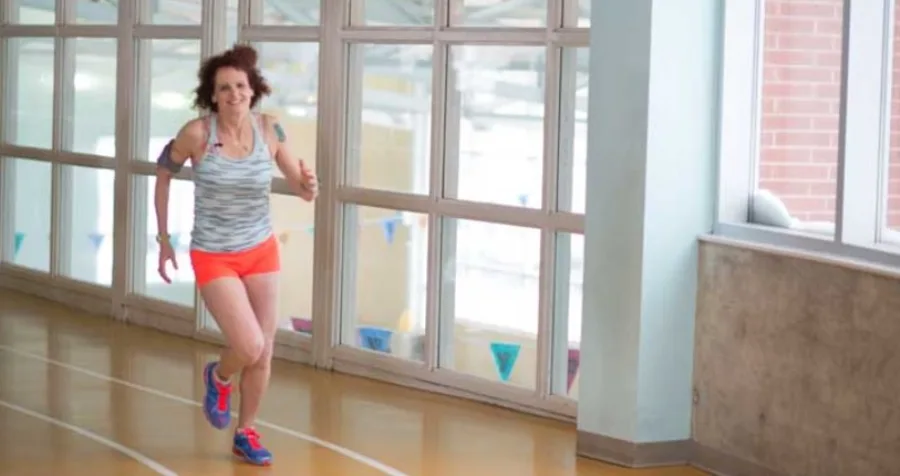
The right (or wrong!) shoes can significantly impact your workout. Here’s what to look for when buying your next pair:
- Make sure the sole of the shoe has a good grip. This will allow proper friction between you and your running surface (whether you’re running on a treadmill, on pavement, or a grassy trail) and reduce the risk of slipping.
- Your shoes should feel light and weightless on your foot, which will improve your speed.
- Socks are important – running in cotton socks can cause friction, which could lead to sore feet and blisters.
- Look for shoes with shock absorption to minimize stress on your feet and joints.
- Only wear your running shoes when you actually plan to run – you want your shoes to shape to your foot while you’re running, not while you’re walking, hiking, etc.
- Shoes have a shelf life – Once they reach so many kilometers they need to be retired permanently, even if they look brand new. Usually six months of regular activity is a good time to change them, but if you’re an avid exerciser you may need to swap them out as often as every three months. Pay attention to your feet and knees -- if you find they're getting extra sore after your run, it may mean that your shoes aren't doing their job as well as they used to.
- Buy the correct type of shoe to match the exercise you're doing. You wouldn’t wear soccer cleats to play golf, so you shouldn’t wear cross trainers to run. Chose your shoes based on the type of exercise you know you'll do most.











